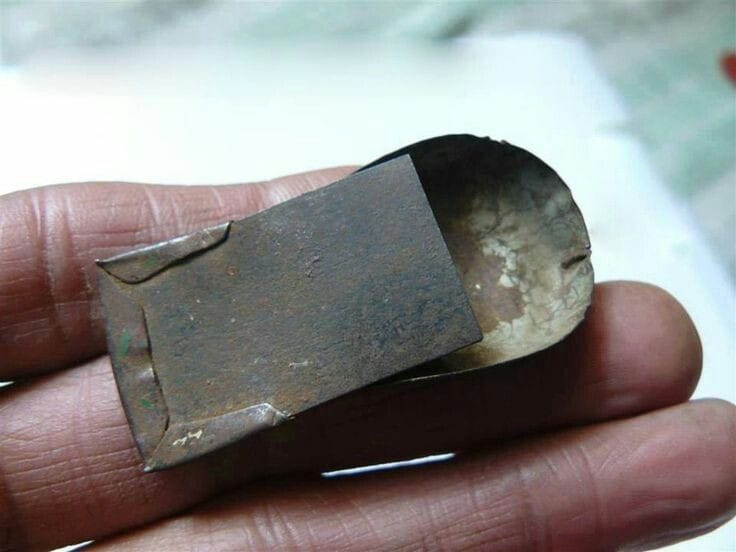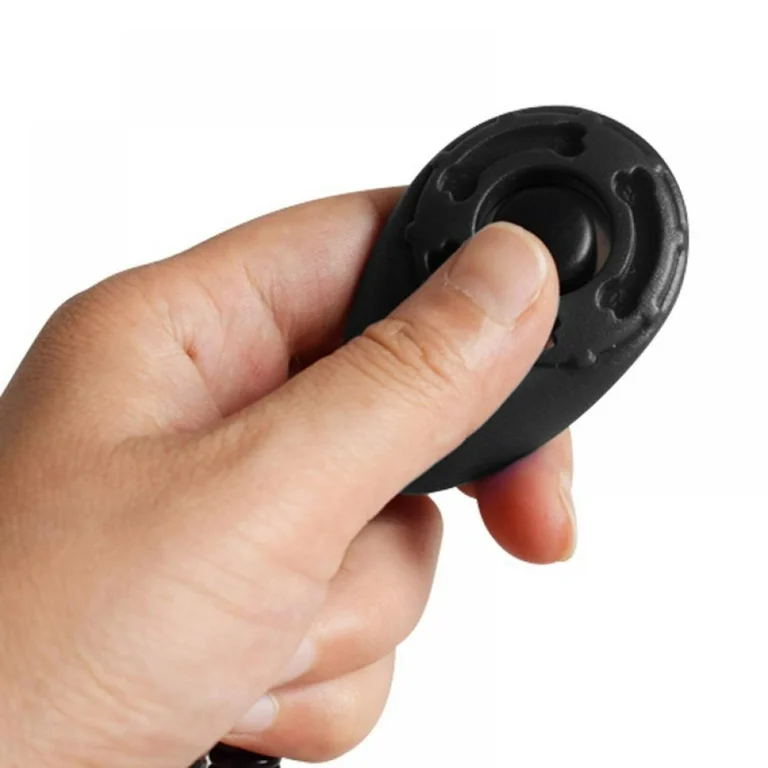The clicker, a small but impactful device, has a rich history of diverse uses across many fields. Known for its distinct clicking sound, it is more than just a simple tool for marking moments or counting. Whether used in animal training, historical wartime communication, or even as a game show buzzer, the clicker plays an essential role in various areas of life. This article will explore its multiple applications, how it works, and the history behind it, showcasing why this unassuming device holds significant value across different industries.
What Is a Clicker? A Simple Yet Ingenious Tool

A clicker is a handheld device that makes a distinctive clicking sound when activated. It typically consists of a thin piece of metal or plastic, held in a small casing. When the user presses one end of the material, it bends or “torques,” and when released, it snaps back into place, creating a sharp click. The design is simple yet highly effective for generating an auditory cue.
There are different types of clickers, some of which have a button on the outside for easy activation. Others require direct pressure on the metal strip to produce the sound. Despite its basic mechanism, the clicker’s applications range from training animals to aiding military operations.
Clickers in Animal Training: A Revolutionary Communication Tool
One of the most popular uses of the clicker is in animal training, particularly with dogs. This method, pioneered by marine mammal trainer Karen Pryor, has revolutionized the way trainers communicate with animals. The idea behind clicker training is simple: by associating the sound of the clicker with a reward (often a treat), trainers can mark the exact moment an animal performs a desired behavior. The click becomes a signal to the animal that it has done something correctly, and the treat follows to reinforce the behavior.
This method is especially effective because it allows the trainer to provide instant feedback. In training scenarios, timing is crucial, and a clicker provides a precise way to communicate with the animal, whether it’s a dog, horse, or even a dolphin.
Dolphins and whales, for example, naturally use clicks and whistles for echolocation, which is how they navigate and communicate underwater. The clicker mimics this familiar sound, making it easier for marine mammals to understand the trainer’s signals. Although clickers were first introduced in marine mammal training, they are now widely used for various animals, enhancing communication between humans and animals in ways that speech alone cannot achieve.
Historical Use of Clickers: Communication During World War II
Clickers have also played a significant role in history, particularly during World War II. Allied paratroopers used clickers as covert communication devices during Operation Overlord, the invasion of Normandy in 1944. These clickers allowed soldiers to discreetly identify one another in the chaos of battle.
The system was simple but effective: a soldier would click once, and if they received two clicks in response, it confirmed the other person as an ally. This seemingly basic tool became a lifesaver in situations where verbal communication could have compromised their safety. Its small size and distinctive sound made it ideal for use in the high-stakes environment of war.
Modern Uses: From Education to Crowd Control

The clicker’s usefulness extends beyond animal training and wartime communication. Today, clickers are employed in various other fields, each benefiting from the device’s ability to provide immediate auditory feedback or serve as a counting tool.
In TAGteach, an educational method similar to clicker training, clickers are used to provide instant feedback to human students. This method is particularly popular in teaching sports, such as gymnastics and swimming, where precision and timing are critical. The clicker allows coaches to mark the exact moment a student performs a skill correctly, helping them learn and adjust their movements.
Counting Clickers are also common, especially in venues where keeping track of large groups of people is essential. Nightclubs, concert halls, and other event spaces use handheld clickers to tally the number of attendees. This ensures that fire safety regulations and occupancy limits are not exceeded, providing a simple yet effective way to maintain order.
In archery, clickers serve a different but equally important purpose. Recurve bow clickers are used to help archers maintain consistent draw length, which is critical for accuracy. When the archer reaches the correct draw length, the clicker signals that it’s time to release the arrow. This aids in improving shooting consistency and performance over time.
Clickers in Entertainment: Game Show Buzzers and Beyond

Clickers even make appearances in entertainment, particularly in game shows. Many board games designed after television game shows come equipped with clickers or buzzers, adding an authentic element to the gaming experience. These clickers mimic the buzzers used in game shows to signal correct answers, creating excitement and tension among players.
The clicker’s role in entertainment highlights its adaptability—it’s a device that transcends its original purpose, finding new life in areas where quick auditory feedback is needed to enhance engagement and interaction.
From Past to Present: The Enduring Legacy of the Clicker
The history of the clicker dates back centuries, yet it continues to evolve in function and form. From its early uses in military operations to its widespread application in animal training and education, the clicker has proven to be an invaluable tool across many fields. Its simplicity, combined with its ability to provide instant feedback, ensures its continued relevance in both traditional and modern settings.
Though it may seem like an insignificant device, the clicker has influenced the way we interact with animals, communicate covertly in warfare, and teach new skills. It’s a testament to the power of a well-designed tool that can be adapted to countless uses over time.
Conclusion: The Clicker’s Lasting Impact on Various Fields
While often overlooked, the clicker is an example of how a simple tool can have far-reaching effects. Its applications span from animal training to military operations and even educational methods. The clicker’s enduring appeal lies in its ability to provide immediate feedback, whether to mark the moment of success for a pet learning a trick or to help paratroopers identify friend from foe.
As technology continues to evolve, it’s likely that the clicker will find new roles to play. Its versatility and simplicity make it a tool that’s easy to use and hard to replace. Whether you’re training a dog, counting a crowd, or playing a game, the clicker remains a humble yet powerful device that serves us in more ways than we often realize.


